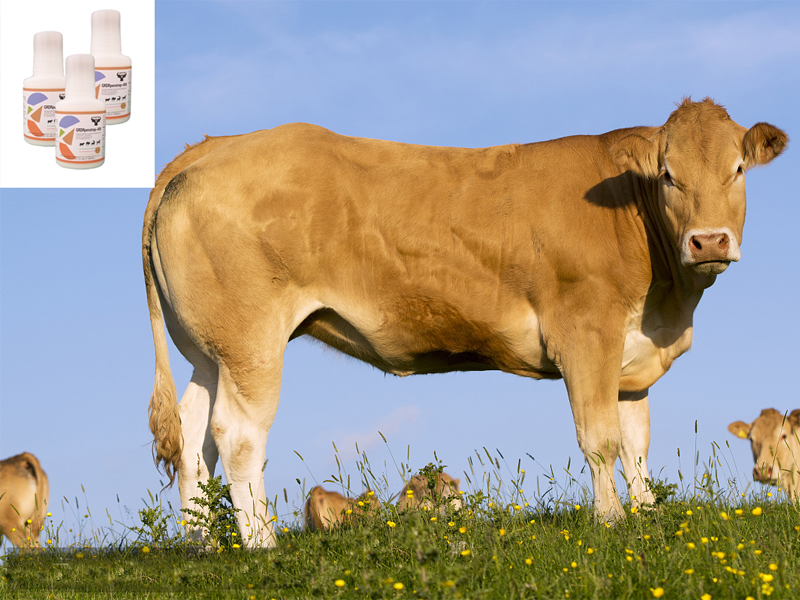
- Online pavilions:
- Veterinary medicines
- Veterinary raw materials
- Other
- Asia
- America
- medical instruments

News briefing: Penicillin
The mechanism of action of penicillin veterinary drugs is to interfere with the synthesis of bacterial cell wall, and the synthesis of cell wall takes place in the breeding period of bacteria. Penicillin veterinary drugs have a killing effect on the bacteria in the breeding period, therefore calls the penicillin class veterinary medicine for the breeding period bactericidal medicine. Penicillin veterinary drugs are widely used in clinic. If they are not used properly, they will not only fail to cure the disease, but also delay the disease and even cause unnecessary economic losses.
Rational use of penicillin veterinary drugs
1, strict control of the scope of drug use. Penicillin G is effective against most Gram-positive bacteria diseases, such as respiratory infections, Erysipelas, anthrax, sepsis, and has a powerful antibacterial effect against various spirochetes and actinomycetes. Oxacillin, O-chloramphenicol, Dicloxacillin and penicillin G have reliable efficacy in the treatment of respiratory tract infections, mastitis, traumatic infection and septicemia caused by Staphylococcus aureus of Penicillin C.
2. Choose the appropriate route of administration. Most of penicillin veterinary drugs are unstable to acid resistance, easy to be taken orally by stomach acid and digestive enzymes destroyed, so the effect of taking orally is poor or ineffective. The most suitable route of administration of penicillin veterinary drugs is intramuscular injection, which can be absorbed quickly and completely after intramuscular injection. 2. Points for attention in clinical application
1. Note anaphylaxis. Penicillin veterinary drugs are generally used in animals without adverse reactions, but there are occasional allergic reactions to individual domestic animals, severe cases can produce anaphylaxis. Allergic livestock to horses, mules, pigs, dogs, such as common, injection soon after the emergence of sweating, excitement, muscle shock, rapid heartbeat, breathing difficulties, standing instability and other symptoms of convulsions. Therefore, during the course of medication should pay attention to observation, if allergic reactions, should immediately stop medication, at the same time, with epinephrine or Dexamethasone for rescue.
2.Penicillin potassium salt should not be injected intravenously. Appropriate for intramuscular injection, in the use of penicillin potassium salt should also pay attention to the changes in Animal Blood Potassium, general prohibition of Dali use, especially for hyperkalemia affected livestock prohibition.
3. Penicillin should not be injected into animals on an empty stomach to avoid fainting due to low blood sugar.
4. Don’t arbitrarily increase the dose. Large or very large doses of penicillin-like veterinary drugs can interfere with the clotting mechanism and cause bleeding or central nervous system poisoning, causing convulsions, incontinence and even paralysis in animals, the drug-resistant strain could also be induced to produce penicillin-degrading 8-fortamase. Therefore, the correct usage and dosage should be strictly controlled in veterinary clinic.
5. Penicillin veterinary drugs should be instant. Because of the instability of the aqueous solution of penicillin drugs, the longer they are dissolved at room temperature, the lower their potency, the more decomposition products, and the increasing number of allergens. Therefore, should do instant use, to ensure efficacy, reduce toxic and side effects.
6. Be Aware of the incompatibility. Sulfanilamide sodium salts mixed with penicillin will make penicillin ineffective; penicillin combined with Gentamicin will make gentamicin ineffective; penicillin can not be mixed with tetracycline, Sodium bicarbonate, vitamin C atropine, chlorpromazine, etc. , or it won’t work.